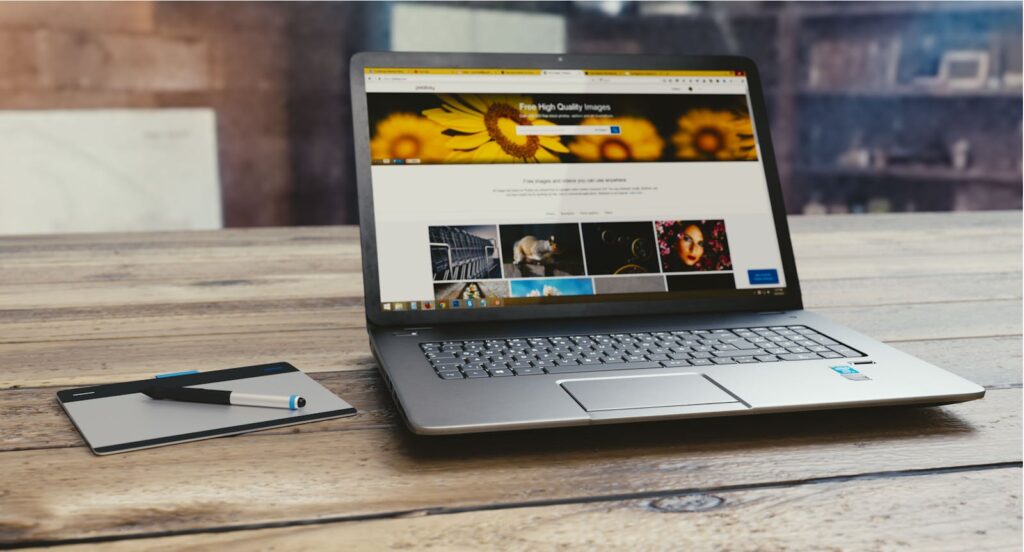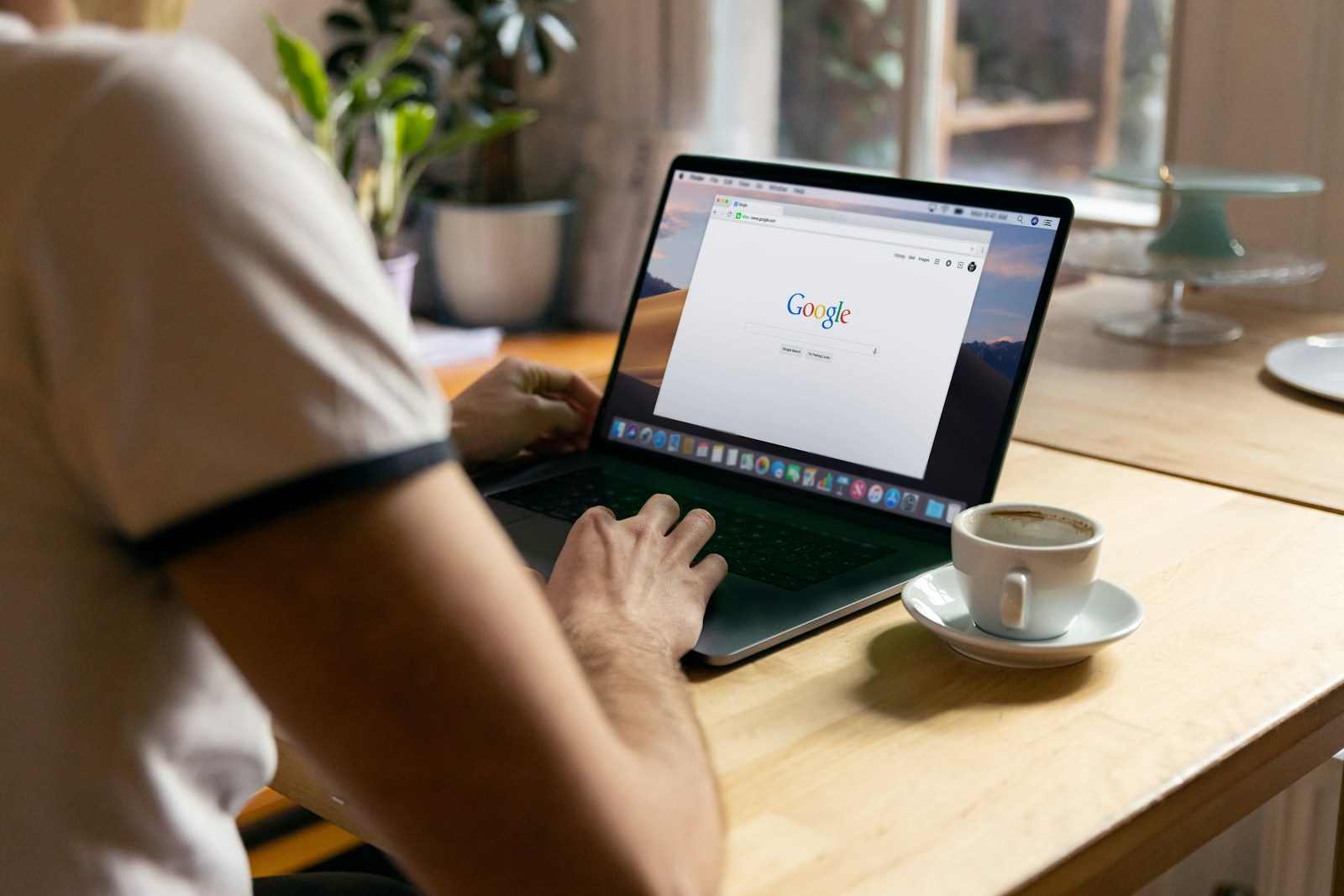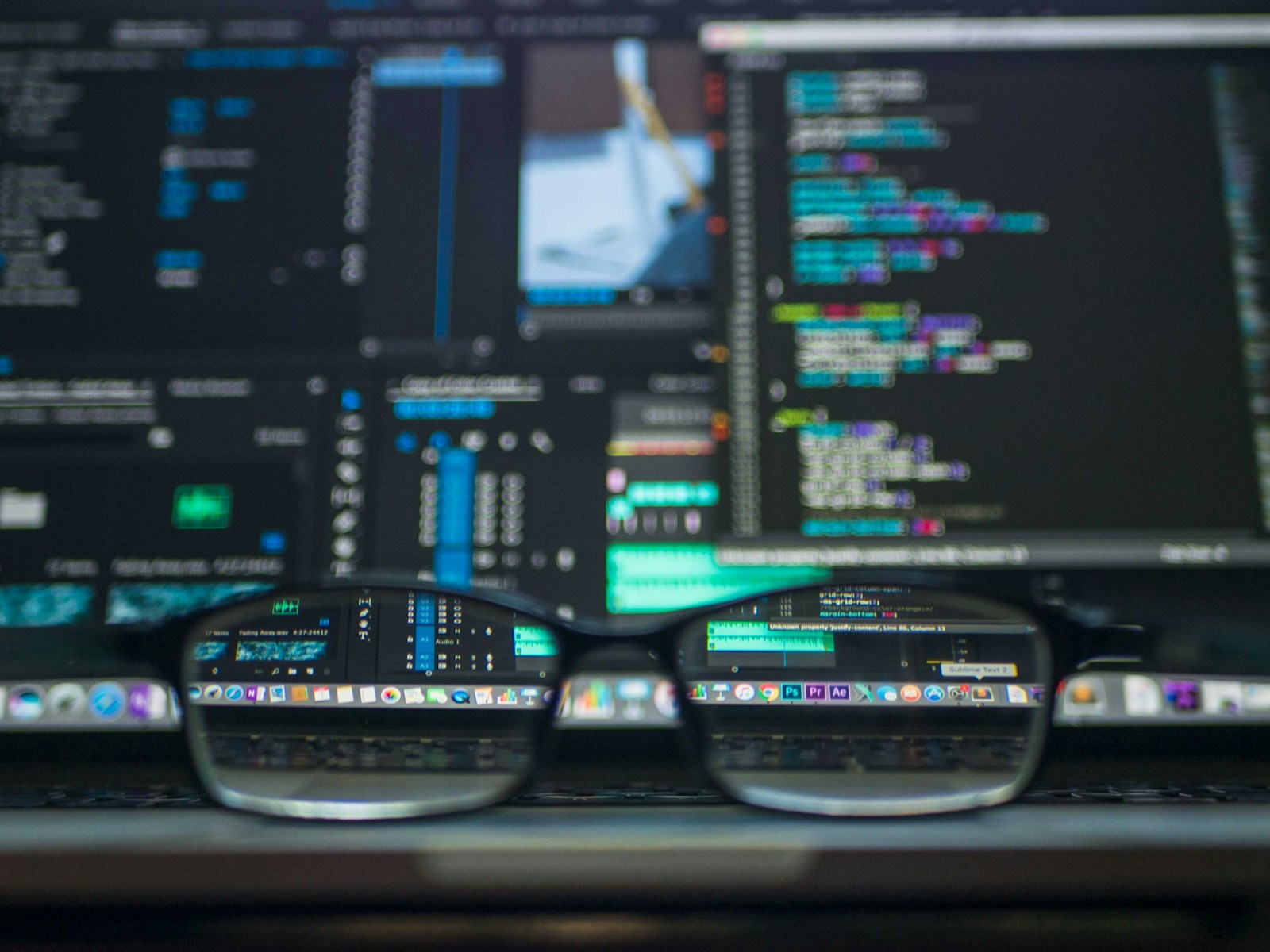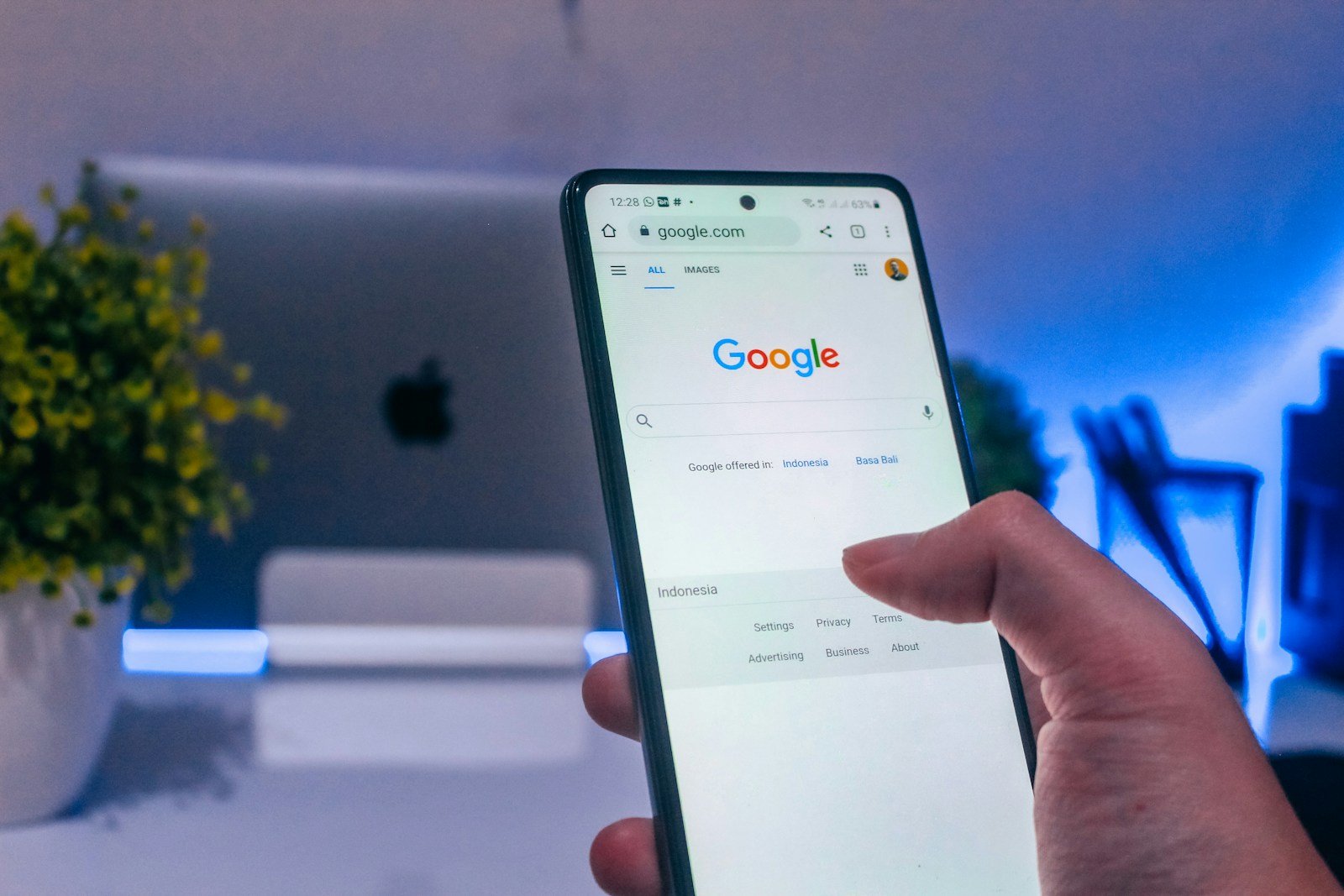Hello and welcome to the Mavit Digital blog! Today, we are talking about a big change coming to the world of search. This change is called multimodal search. This might sound like a complicated term, but it is actually a very simple and powerful idea.
For a very long time, search has been all about words. You type words into a box. Google reads those words and gives you web pages with more words. But people do not experience the world only through words. We see things, we hear things, and we look at pictures.
Search engines are finally catching up. They are learning to understand more than just text. They are learning to understand pictures, sounds, and even videos. This new way of searching is called multimodal search. It is the next big step, and it is very important for the future of SEO.
In this post, we will explain what this means. We will talk about visual search and tools like Google Lens. We will also show you how this changes your SEO strategy.
Also Read: SEO Agencies in Canada: What to Look for When Hiring
What Does “Multimodal” Mean?
Let’s break down the word. “Multi” means many. “Modal” means ways or methods. So, multimodal search means searching using many different methods.
Instead of just typing, you can now use a picture to search. You can use your voice to ask a question. You can even take a video of something and search for it. The search engine combines all these different signals, text, image, and sound, to understand what you are looking for. This is a much more natural way to search. It is how we naturally interact with the world.
Also Read: The Benefits of Hiring a Local SEO Agency
The Rise of Visual Search
The biggest part of multimodal search is visual search. This is exactly what it sounds like: searching with your eyes instead of your keyboard.
Have you ever seen a plant in a park and wondered what it is? Or seen a nice chair in a cafe and wanted to buy one like it? Before, you would have to try to describe it in words. You might type “black metal chair with wooden seat.” This is hard to do and often does not give good results.
Now, with visual search, you can simply take a picture of the chair. You can use that picture to search. The search engine will look at the picture and find chairs that look just like it. This is much easier and gives you exactly what you want.
This is a huge change. It moves us from describing things to showing things.
What is Google Lens? Your Camera as a Search Bar
The best example of this technology is Google Lens. You can think of Google Lens as a search bar that uses your camera. It is an app on your phone. You open the app and point your camera at something. Google Lens will look at the object and tell you what it is.
You can point it at a flower to learn its name. You can point it at a restaurant sign to see its reviews. You can point it at a product in a store to find where to buy it online. You can even point it at text in a foreign language, and it will translate it for you right on your screen.
Google Lens is a powerful tool that makes visual search easy for everyone. It is becoming more popular every day. This means that optimizing your online presence for visual search is no longer optional. It is essential.
Also Read: How Canadian Businesses Can Benefit from SEO Services

Why is This the Future of SEO?
You might wonder why this is so important for your business. The reason is simple: where people search, businesses must follow. If people start searching with pictures, your business needs to be found in those picture results.
Google’s main goal is to provide the best and most helpful answer. A picture is often a better answer than text. If someone searches for “red velvet cake recipe,” a picture of a beautiful cake is very helpful. If someone searches for “how to tie a tie,” a short video is the perfect answer.
Google now understands this. Its algorithms are being built to understand the content of images and videos. This shift to multimodal SEO means you need to think about more than just the words on your page. You need to think about all the content on your page.
How to Prepare: Tips for Multimodal SEO
This might sound like a big change, but you can start preparing your website now. Here are some simple steps you can take. At Mavit Digital, we help our clients with each of these steps.
First, focus on your images. Images are no longer just decoration. They are a vital part of your content. You need to help Google understand what is in your images. You can do this by using descriptive file names. Instead of a file name like “IMG12345.jpg,” use a name like “red-velvet-layer-cake.jpg.”
You should also always use alt text. Alt text is a description of the image that you add to your website’s code. It is read by search engines and by people who cannot see the screen. Your alt text should clearly describe what is in the image. For example, alt text for a cake image could be “A homemade red velvet cake with cream cheese frosting on a glass plate.”
Second, think about video content. Video is a very powerful form of content for multimodal search. If you can create short, helpful videos, you should. A video can show how to use your product or how to solve a problem. Google often shows videos in search results. Having a video can greatly increase your chances of being seen.
Third, make sure your website works for voice search. Multimodal search often includes voice. People use voice commands with their phones and smart speakers. To prepare for this, use natural language on your website. Answer questions people might ask. This is something we have helped many clients at Mavit Digital to do successfully.
Also Read: SEO Services vs. Paid Ads: Which Is More Effective?
A More Natural Way to Find Information
The move to multimodal search is a move towards a more natural way of finding information. It is about breaking down the barrier between the digital world and the real world. We should be able to search the same way we live: by looking, listening, and asking questions.
For businesses, this is an amazing opportunity. It allows you to connect with customers in new and exciting ways. By optimizing for visual search and multimodal SEO, you are making your products and services easier to discover. You are meeting your customers where they are, which is the main goal of all marketing.



